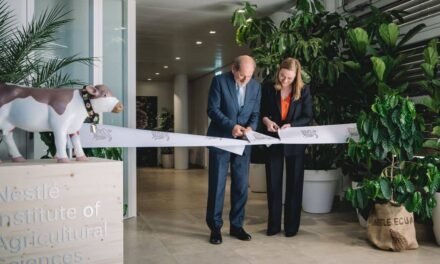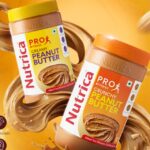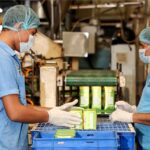Getting rid of single use plastic may be possible but can that be said of plastic packaging. In fact, it will be a challenge since alternatives have yet to be found and adapted. To add to that, the manufacture, use and disposal of alternatives like glass, cloth, and paper, according to experts, means a higher carbon footprint.
A report from the Central Pollution Control Board (CPCB) last year on the life-cycle assessment of plastic packaging products showed that the carbon dioxide equivalent emissions during the entire life cycle (extraction of raw material, manufacturing, transportation, use and disposal) of one tonne of glass bottles were 9905.6 kg compared to 8034.6 kg for a tonne of PET bottles and 4099.4 kg for a tonne of milk pouches.
Similarly, the CO2 emissions from the life cycle of a tonne of polypropylene (PP woven) sacks is 3871.2 kg compared to 5865.8 kg for a ton of jute sacks. The CPCB had estimated that each person in India consumes about 9.7 kg of plastics annually, most of which was packaging related and a new addition to plastic waste was packaging from e-commerce.
“Most alternatives for plastic packaging, including paper and glass, have a higher energy and carbon footprint. The most important aspect of plastic waste management is to reduce and make choices that will last long. For example, instead of using paper or plastic cups, use a durable mug at work.” said Sourabh Manuja, a fellow at the Energy and Resources Institute (TERI).
Another challenge that the plastic industry has yet to find an alternative for was multilayered plastic (MLP) used mainly in food packaging as wrappers on biscuits or chips pack, for example. The Plastic Waste Management Rules, 2016, specified that “manufacture and use of non- recyclable multilayered plastic, if any, should be phased out in two years”.
But after the industry bodies petitioned the Union environment ministry saying there are no alternatives to MLP, an amendment to the rules was made in 2018, saying only those MLPs are to be phased out which are “non-recyclable, or non-energy recoverable, or with no alternate use”. Since most MLPs can be used for energy recovery, the amendment pretty much exempted all MLPs from being phased out.
The environment ministry, in its advisory issued to states on phasing out of single use plastics (WHEN), also said that MLPs used for perishable items will not be prohibited because there are no replacement technologies available According to a TERI and environment ministry fact sheet released last year, around 43 per cent of manufactured plastics are used for packaging purpose and most are of single use.
ALSO READ:
















